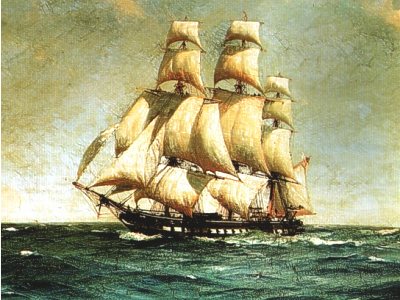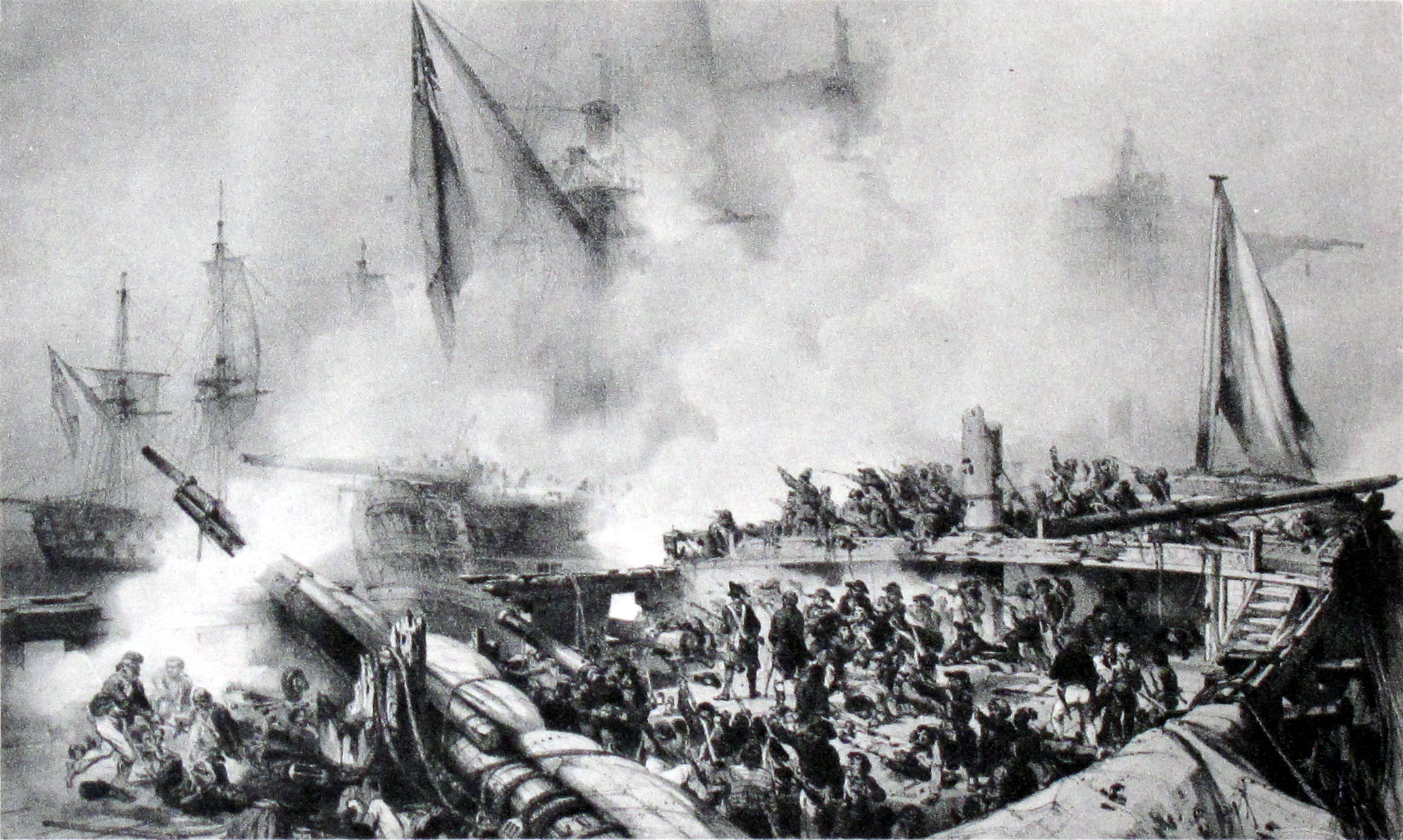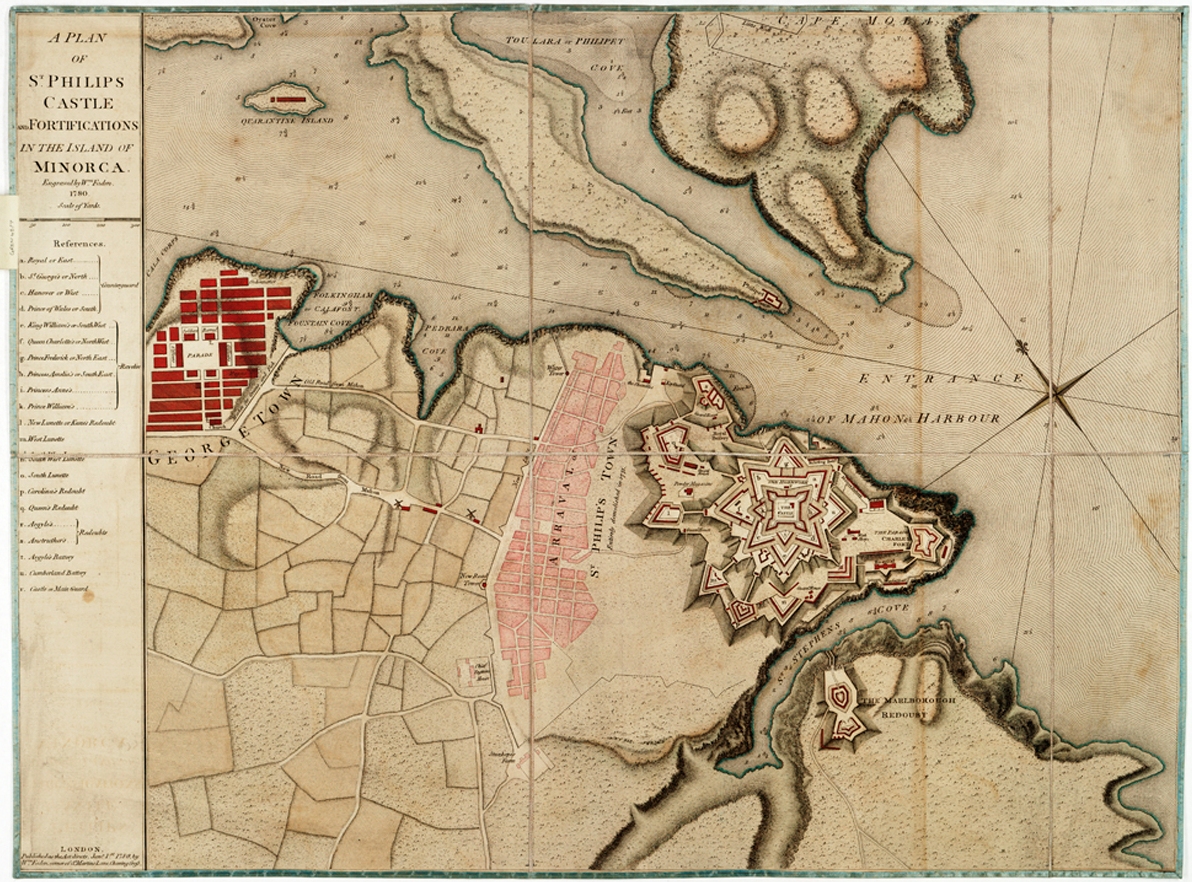|
French Frigate Sérieuse (1779)
The ''Sérieuse'' was a ''Magicienne'' class frigate of the French Navy, launched in 1779. Career In 1781, ''Sérieuse'' ferried soldiers after the Invasion of Minorca. She was at Toulon when the Coalition captured the city. When they left, on 18 December 1793, they attempted to burn her. However, the French managed to extinguish the fire and save the ship. On 9 June 1794, ''Sérieuse'' captured HMS ''Speedy'' off Nice. In 1798, she took part in the Expedition of Egypt, and in the Battle of the Nile The Battle of the Nile (also known as the Battle of Aboukir Bay; french: Bataille d'Aboukir) was a major naval battle fought between the British Royal Navy and the Navy of the French Republic at Aboukir Bay on the Mediterranean coast off the .... She attempted to reinforce the crew of ''Tonnant'' by sending 150 men of her own crew. The next night, 1 August 1798, HMS ''Orion'' sank ''Sérieuse''. Citations and references ;Citations ;References *Winfield, Rif & Stephen ... [...More Info...] [...Related Items...] OR: [Wikipedia] [Google] [Baidu] |
Magicienne Class Frigate
The ''Magicienne'' class was a class of twelve fifth rate 32-gun frigates of the French Navy, each with a main battery of 26 x 12-pounder long guns, and with 6 x 6-pounder guns on the quarterdeck and forecastle. They were designed by Joseph-Marie-Blaise Coulomb. * ''Magicienne'' :Builder: Toulon :Ordered: 7 February 1777 :Begun: March 1777 :Launched: 1 August 1778 :Completed: October 1778 :Fate: captured by British Navy off Boston on 2 July 1781 and added to the British Navy. * ''Précieuse'' :Builder: Toulon :Ordered: 7 February 1777 :Begun: March (or August?) 1777 :Launched: 22 August 1778 :Completed: November 1778 :Fate: out of service in January 1804; broken up in July 1816. * ''Sérieuse'' :Builder: Toulon :Ordered: 28 August 1778 :Begun: March 1779 :Launched: 28 August 1779 :Completed: October 1779 :Fate: sunk at the Battle of Aboukir on 1 August 1798 * ''Lutine'' :Builder: Toulon :Ordered: 23 October 1778 :Begun: March 1779 :Launched: 11 September 1779 :Completed ... [...More Info...] [...Related Items...] OR: [Wikipedia] [Google] [Baidu] |
HMS Speedy (1782)
HMS ''Speedy'' was a 14-gun ''Speedy''-class brig of the British Royal Navy. Built during the last years of the American War of Independence, she served with distinction during the French Revolutionary Wars. Built at Dover, Kent, ''Speedy'' spent most of the interwar years serving off the British coast. Transferred to the Mediterranean after the outbreak of the French Revolutionary Wars, she spent the rest of her career there under a number of notable commanders, winning fame for herself in various engagements and often against heavy odds. Her first commander in the Mediterranean, Charles Cunningham, served with distinction with several squadrons, assisting in the capture of several war prizes, such as the French frigates and ''Impérieuse''. His successor, George Cockburn, impressed his superiors with his dogged devotion to duty. ''Speedy''s next commander, George Eyre, had the misfortune to lose her to a superior French force on 9 June 1794. She was soon retaken, and r ... [...More Info...] [...Related Items...] OR: [Wikipedia] [Google] [Baidu] |
Maritime Incidents In 1798
Maritime may refer to: Geography * Maritime Alps, a mountain range in the southwestern part of the Alps * Maritime Region, a region in Togo * Maritime Southeast Asia * The Maritimes, the Canadian provinces of Nova Scotia, New Brunswick, and Prince Edward Island * Maritime County, former county of Poland, existing from 1927 to 1939, and from 1945 to 1951 * Neustadt District, Reichsgau Danzig-West Prussia, known from 1939 to 1942 as ''Maritime District'', a former district of Reichsgau Danzig-West Prussia, Nazi Germany, from 1939 to 1945 * The Maritime Republics, thalassocratic city-states on the Italian peninsula during the Middle Ages Museums * Maritime Museum (Belize) * Maritime Museum (Macau), China * Maritime Museum (Malaysia) * Maritime Museum (Stockholm), Sweden Music * ''Maritime'' (album), a 2005 album by Minotaur Shock * Maritime (band), an American indie pop group * "The Maritimes" (song), a song on the 2005 album ''Boy-Cott-In the Industry'' by Classified * "Maritime ... [...More Info...] [...Related Items...] OR: [Wikipedia] [Google] [Baidu] |
Ships Built In France
A ship is a large watercraft that travels the world's oceans and other sufficiently deep waterways, carrying cargo or passengers, or in support of specialized missions, such as defense, research, and fishing. Ships are generally distinguished from boats, based on size, shape, load capacity, and purpose. Ships have supported exploration, trade, warfare, migration, colonization, and science. After the 15th century, new crops that had come from and to the Americas via the European seafarers significantly contributed to world population growth. Ship transport is responsible for the largest portion of world commerce. The word ''ship'' has meant, depending on the era and the context, either just a large vessel or specifically a ship-rigged sailing ship with three or more masts, each of which is square-rigged. As of 2016, there were more than 49,000 merchant ships, totaling almost 1.8 billion dead weight tons. Of these 28% were oil tankers, 43% were bulk carriers, and 13% were co ... [...More Info...] [...Related Items...] OR: [Wikipedia] [Google] [Baidu] |
1779 Ships
Events January–March * January 11 – British troops surrender to the Marathas in Wadgaon, India, and are forced to return all territories acquired since 1773. * January 11 – Ching-Thang Khomba is crowned King of Manipur Manipur () ( mni, Kangleipak) is a state in Northeast India, with the city of Imphal as its capital. It is bounded by the Indian states of Nagaland to the north, Mizoram to the south and Assam to the west. It also borders two regions of Myanm .... * January 22 – American Revolutionary War – Claudius Smith is hanged at Goshen (village), New York, Goshen, Orange County, New York for supposed acts of terrorism upon the people of the surrounding communities. * January 29 – After a second petition for partition from its residents, the North Carolina General Assembly abolishes Bute County, North Carolina, Bute County, North Carolina (established 1764) by dividing it and naming the northern portion Warren County, North ... [...More Info...] [...Related Items...] OR: [Wikipedia] [Google] [Baidu] |
HMS Orion (1787)
HMS ''Orion'' was a 74-gun third rate ship of the line of the British Royal Navy, launched at Deptford on 1 June 1787 to the design of the , by William Bately. She took part in all the major actions of the French Revolutionary and Napoleonic Wars under a series of distinguished captains. In 1794 she fought at the Glorious First of June under Captain John Thomas Duckworth. ''Orion'' was at Plymouth on 20 January 1795 and so shared in the proceeds of the detention of the Dutch naval vessels, East Indiamen, and other merchant vessels that were in port on the outbreak of war between Britain and the Netherlands. Later in 1795, Captain James Saumarez, 1st Baron de Saumarez, James Saumarez was appointed in command. Under Saumarez, ''Orion'' took part in the defeat of the French fleet at the Battle of Groix off Lorient on 22 June. In October 1795 ''Orion'' recaptured the merchantman , Atterbury, master, which had been among a number o vessels that a French frigate squadron had capt ... [...More Info...] [...Related Items...] OR: [Wikipedia] [Google] [Baidu] |
HMS Tonnant (1798)
HMS ''Tonnant'' () was an 80-gun ship of the line of the Royal Navy. She had previously been ''Tonnant'' of the French Navy and the lead ship of the . The British captured her in August 1793 during the Siege of Toulon but the French recaptured her when the siege was broken in December. Rear-Admiral Horatio Nelson, 1st Viscount Nelson, Horatio Nelson captured her at Abu Qir Bay, Aboukir Bay off the coast of Egypt at the Battle of the Nile on 1 August 1798. She was taken into British service as HMS ''Tonnant''. She went on to fight at the Battle of Trafalgar in 1805, during the Napoleonic Wars. ''Tonnant'' became the flagship of Vice-Admiral Alexander Cochrane, Sir Alexander Cochrane when he assumed command of the North American Station in March of 1814 during the War of 1812 with the United States. On 7 September 1814 Francis Scott Key and John Stuart Skinner dined aboard the ship while seeking the release of a captured civilian prisoner, several days before the Battle of Balti ... [...More Info...] [...Related Items...] OR: [Wikipedia] [Google] [Baidu] |
Nice
Nice ( , ; Niçard: , classical norm, or , nonstandard, ; it, Nizza ; lij, Nissa; grc, Νίκαια; la, Nicaea) is the prefecture of the Alpes-Maritimes department in France. The Nice agglomeration extends far beyond the administrative city limits, with a population of nearly 1 millionDemographia: World Urban Areas , Demographia.com, April 2016 on an area of . Located on the , the southeastern coast of France on the , at the foot of the |
Invasion Of Minorca, 1781
The Franco-Spanish reconquest of Menorca (historically called "Minorca" in English) from the British in February 1782, after the Siege of Fort St. Philip lasting over five months, was an important step in the achievement of Spain in the American Revolutionary War, Spain's aims in its alliance with France in the American Revolutionary War, France against Kingdom of Great Britain, Britain during the American Revolutionary War. The ultimate result was the devolution of the island to Spain in the Treaty of Paris (1783), Treaty of Paris in 1783. Background At the eastern end of the island of Menorca is the port of Mahón, one of the best deep-water anchorages in the Mediterranean Sea. For a naval power with no Mediterranean coast, possession of Menorca, therefore, was of major strategic advantage, and for most of the 18th century, Menorca was under British control. The narrow entrance to the port was guarded by a fort, known to the British as St. Philip's Castle, a translation of t ... [...More Info...] [...Related Items...] OR: [Wikipedia] [Google] [Baidu] |
Flag Of France (1814–1830)
The national flag of France (french: link=no, drapeau français) is a tricolour featuring three vertical bands coloured blue ( hoist side), white, and red. It is known to English speakers as the ''Tricolour'' (), although the flag of Ireland and others are also so known. The design was adopted after the French Revolution; while not the first tricolour, it became one of the most influential flags in history. The tricolour scheme was later adopted by many other nations in Europe and elsewhere, and, according to the ''Encyclopædia Britannica'' has historically stood "in symbolic opposition to the autocratic and clericalist royal standards of the past". Before the tricolour was adopted the royal government used many flags, the best known being a blue shield and gold fleur-de-lis (the Royal Arms of France) on a white background, or state flag. Early in the French Revolution, the Paris militia, which played a prominent role in the storming of the Bastille, wore a cockade of blue ... [...More Info...] [...Related Items...] OR: [Wikipedia] [Google] [Baidu] |
The Glorious Victory Obtaind Over The French Fleet Off The Nile The 1st Of August 1798 By The Gallant Admiral Lord Nelson, Of The Nile (caricature) RMG PW3863
''The'' () is a grammatical article in English, denoting persons or things already mentioned, under discussion, implied or otherwise presumed familiar to listeners, readers, or speakers. It is the definite article in English. ''The'' is the most frequently used word in the English language; studies and analyses of texts have found it to account for seven percent of all printed English-language words. It is derived from gendered articles in Old English which combined in Middle English and now has a single form used with pronouns of any gender. The word can be used with both singular and plural nouns, and with a noun that starts with any letter. This is different from many other languages, which have different forms of the definite article for different genders or numbers. Pronunciation In most dialects, "the" is pronounced as (with the voiced dental fricative followed by a schwa) when followed by a consonant sound, and as (homophone of pronoun ''thee'') when followed by a v ... [...More Info...] [...Related Items...] OR: [Wikipedia] [Google] [Baidu] |


.jpg)



.png)